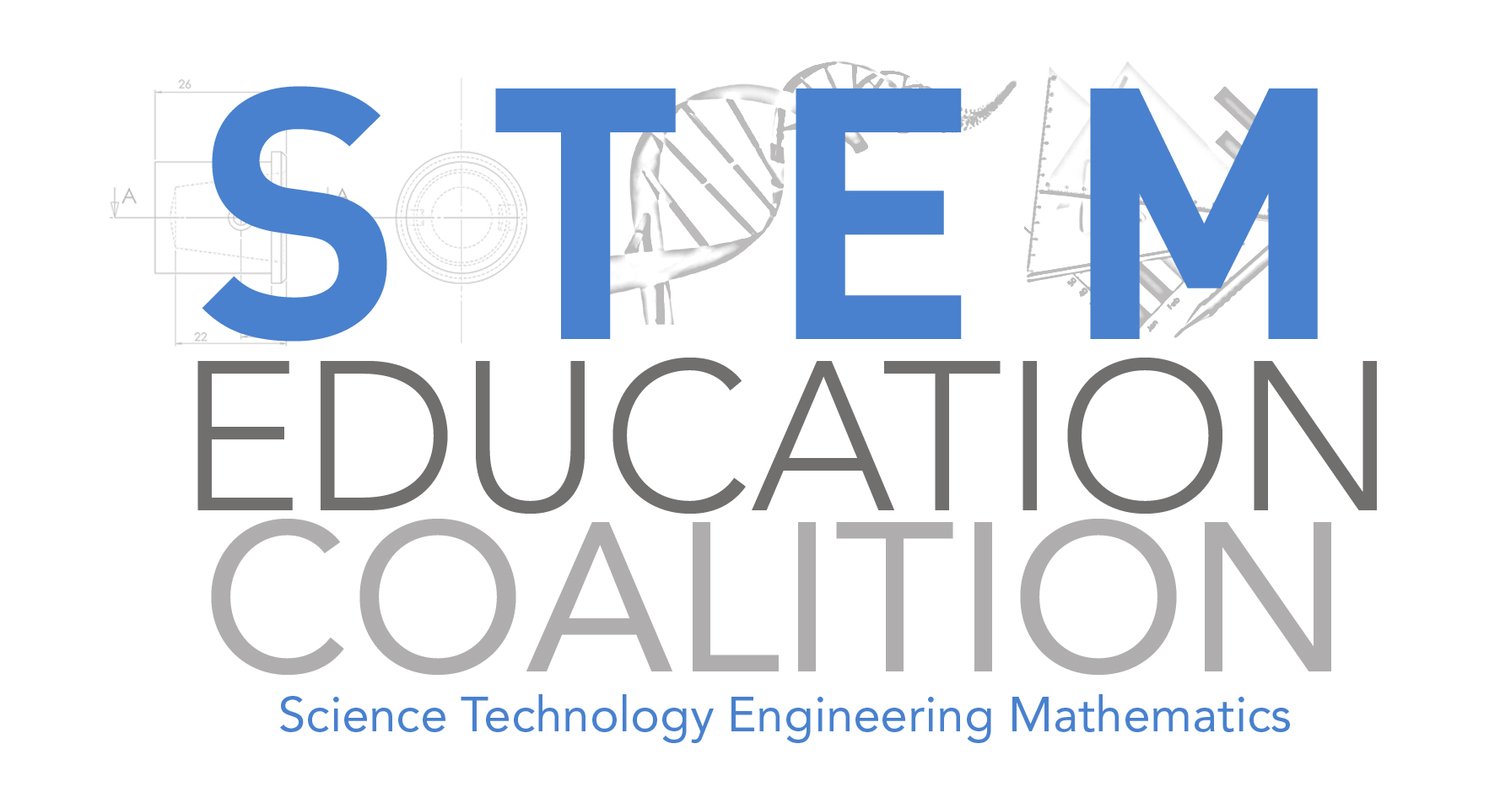Coalition Analysis of Key STEM Provisions in ESSA
This analysis walks sequentially through the Every Student Succeeds Act section-by- section highlighting the major STEM provisions. You can see the full text of the bill here and an analysis of the overall funding structure here.
Standards and Assessments
Standards Required in Math and Science: States will continue to be required to maintain standards in math and science that are aligned with entrance requirements in higher education. (Sec. 1005 State Plans)
Math and Science Testing is Retained: Science tests will continue and must be given three times between grades 3 and 12. Statewide assessments math in grades 3 through 8 and once in high school will be required. (Sec. 1005 State Plans)
Integration of Engineering and Technology into Science Assessments: States are permitted to use a portion of federal funding provided to support the development of statewide assessments to integrate concepts related to engineering and technology into the states science assessments. (Sec. 1201 State Assessment Grants)
Preparing, Training, and Recruiting High-Quality Teachers and School Leaders
Support for Alternative Certification of STEM Educators: Allows states to establish, expand, or improve alternative routes for State certification of teachers in STEM subjects. (Sec. 2101 Formula Grants to States)
State Teacher Quality Block Grants Support STEM Professional Development: Professional development for STEM-specific activities is an allowable use of funds under the Title II state block grants program to every state. Provides new authority to allow states and districts to develop and provide professional development and other comprehensive systems of support for teachers, principals, or other school leaders to promote high-quality instruction and instructional leadership in science, technology, engineering, and mathematics subjects, including computer science. (Sec. 2101 Formula Grants to States, Sec. 2103 Local Uses of Funds)
Establishes Differential Pay for STEM teachers: Allows states and districts to provide differential pay, or other incentives, to recruit and retain teachers in high need academic subjects (such as STEM fields). (Sec. 2103 Local Uses of Funds)
Strengthens Career and Technical Education that Meets Workforce Needs: Supports professional development for teachers, principals, or other school leaders to integrate career and technical education content into their instructional practices, which may include training on best practices to understand State and regional workforce needs and transitions to postsecondary education and the workforce to help prepare students for postsecondary education and the workforce. (Sec. 2103 Local Uses of Funds)
National Activities Funds Authorized for STEM Master Teacher Corps and STEM Professional Development: Provides the Secretary with a new authority to use a portion of the funding devoted to “national activities” under Title II of the bill to conduct an annual competitive grant program for the states to develop a STEM Master Teacher Corps or to provide professional development for STEM teachers. (Sec. 2245 STEM Master Teacher Corps)
Student Enrichment Activities
Creates a New Definition for STEM Specialty Schools: The bill establishes the definition of a STEM-Specialty School as a school, or dedicated program within a school, that engages students in rigorous, relevant, and integrated learning experiences focused on science, technology, engineering, and mathematics, including computer science, which include authentic school wide research. (Sec. 4101 Student Support and Academic Enrichment Grants)
Title IV “21st Century Schools” Grants Support STEM Activities: The Title IV formula grant program would provide funding to support both state and district level educational enrichment activities for students. Districts receiving more than $30,000 in federal funds would be required to spend at least 20 percent of their funding on “well-rounded” educational activities which include a focus on improving instruction and student engagement in STEM by expanding high-quality STEM courses; increasing access to STEM for underserved and at risk student populations; supporting the participation of students in STEM nonprofit competitions (such as robotics, science research, invention, mathematics, computer science, and technology competitions); providing hands-on learning opportunities in STEM; integrating other academic subjects, including the arts, into STEM subject programs; creating or enhancing STEM specialty schools; integrating classroom based and afterschool and informal STEM instruction and expanding courses in environmental education. (Sec. 4104 State Uses of Funds and Sec 4107 Activities to Support Well Rounded Educational Activities)
Professional Development in Technology for STEM teachers: Title IV Grants to districts to improve the use of technology to improve the academic achievement of students. Districts receiving $30,000 or more must spend a portion of their funds on allowable uses including professional development in the use of technology (which may be provided through partnerships with outside organizations) to enable teachers and instructional leaders to increase student achievement in the areas of STEM. (Sec. 4109, Activities to Support the Effective Use of Technology)

